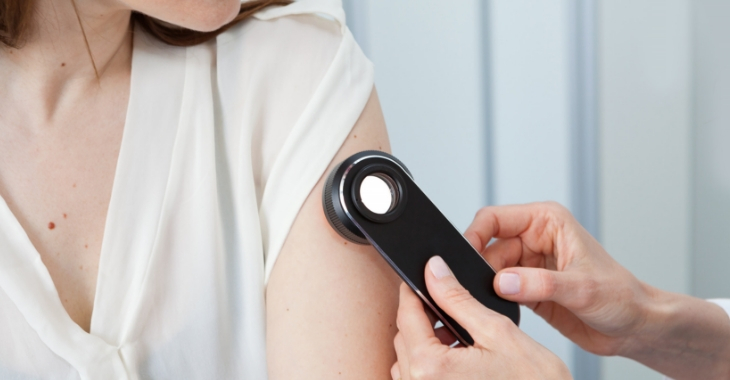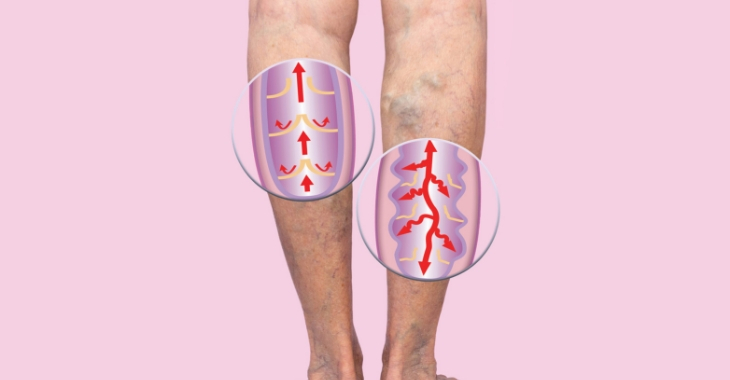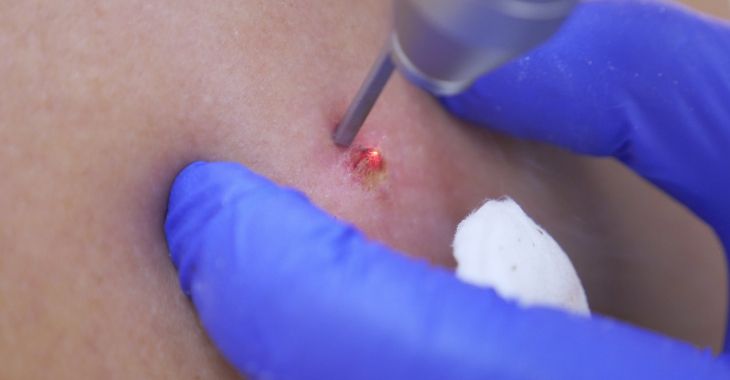Most Common Birthmarks

Birthmarks are very common. Most babies have some form of birthmark at birth or they become more noticeable over time. There is no way to prevent birthmarks while your child is developing. Is it necessary to address every birthmark? Of course not. Many are only cosmetic and will fade over time. But it’s important to be aware of the most common types so you will know what to expect as your child grows.
Vascular birthmarks appear when blood vessels don’t form correctly. Some disappear on their own, and some grow with the child. These are the most common types of vascular birthmarks.
- Macular Stains– These are the most common type of birthmark They are light red marks found on the head or eyelids. They usually fade away after a year or two, but they may be more predominant when the baby cries.
- Hemangioma– These may grow over time, but usually shrink again as the child grows. They may be slightly raised and could be on the surface of the skin and appear a bright red color, or deeper beneath the surface and be more bluish in color. If they are large and appear on a part of the body that could cause problems with sight or feeding, they may need to be removed surgically.
- Port-wine Stains– These are a deep wine color and they do not go away over time. As the child grows, the birthmark grows. It may also have a change in the texture of the skin as an adult if it is not addressed as a child.
Speak to a specialist to see if your child’s birthmark needs addressing or if it is simply a cosmetic issue that will fade over time.
Posted on behalf of:
The Vascular Birthmark Center Los Angeles
435 N. Bedford Drive, Suite 203
Beverly Hills, CA 90210
(610) 301-4522
The information provided on this website, including text, graphics, images, and other materials, is intended solely for informational purposes and should not be used as a substitute for professional medical advice, diagnosis, or treatment.



)